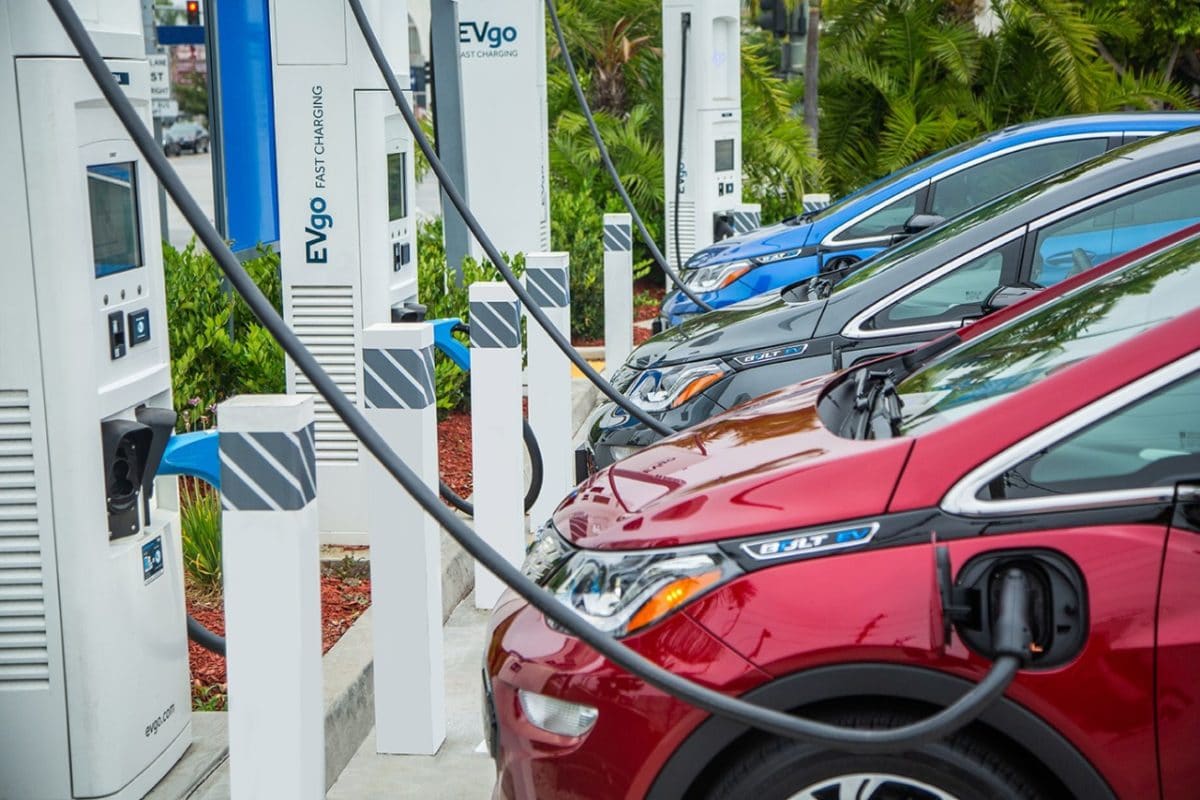A new standard for electric vehicle equipment, developed by the Society of Automotive Engineers (SAE), is designed to enable EVs that have the equipment to deliver alternating current (AC) power to the grid.
The SunSpec Alliance has developed guidance for implementing the standard, and has announced that the guidance is now ready for use in test deployments.
A separate standard for electric vehicle charging equipment enables chargers to accept direct current (DC) power from EVs, convert it to AC power, and deliver it to the grid.
SAE’s approach for EVs is known as V2G-AC, and the approach for EV chargers is known as V2G-DC.
The SAE standard “defines the interactions” between an EV charger and an EV, for the EV to be “granted permission” to discharge to the electric grid, says the introduction to SunSpec’s guidance.
The SunSpec guidance is designed to assist manufacturers of EVs and EV chargers, as well as operators and system integrators, to implement the SAE standard together with a communications protocol developed by the global engineering institute IEEE, known as IEEE 2030.5.
Grid value
California’s investor-owned utilities “seem to be proponents of the V2G-AC effort,” said SunSpec Alliance Chairman Tom Tansy, “given the fact the state has selected IEEE 2030.5 as its operator-to-DER protocol, and because having visibility into/control of EVs is central to the utilities’ grid operating and reliability strategies.” The term DER refers to distributed energy resources, including EVs.
The SunSpec guidance is in “test” status, meaning that the document is “unlikely” to contain significant defects and that it is ready to be implemented in demonstration projects, field tests, and early deployments, SunSpec said in a statement. If defects of any type are discovered, the statement said that technical comments are submitted and are then remedied in a new “test” document, with the process repeated until the work group developing the guidance decides to change the document’s status to “approved.”
The SunSpec guidance, technically known as a profile, “fills in gaps” in the communications protocol as well as the functional behavior of the EV and the EV charger that are not directly addressed in other standards, the statement said.
The mission of the SunSpec Alliance, says its website, is to accelerate the growth of the distributed energy industry and expand the market for renewable power by specifying de facto standards.
This content is protected by copyright and may not be reused. If you want to cooperate with us and would like to reuse some of our content, please contact: editors@pv-magazine.com.








Being able to tap into the car battery reserve instead of running a gasoline generator for short term power black outs could be a life saver and keeping the backup generator to re-charge the car when black outs last days or weeks would allow quiet nighttime power from the car battery. A car lithium battery is equivalent to 4 to 6 Tesla power Walls in storage. 4 power walls cost $32,000.00 to install and 6 power walls costs $46,000.00 to install and if the EV costs less than a power wall system, then you could just buy and EV instead of the power wall and leave it parked in the driveway or garage and have your storage needs met from the solar panel system already instilled on your home.